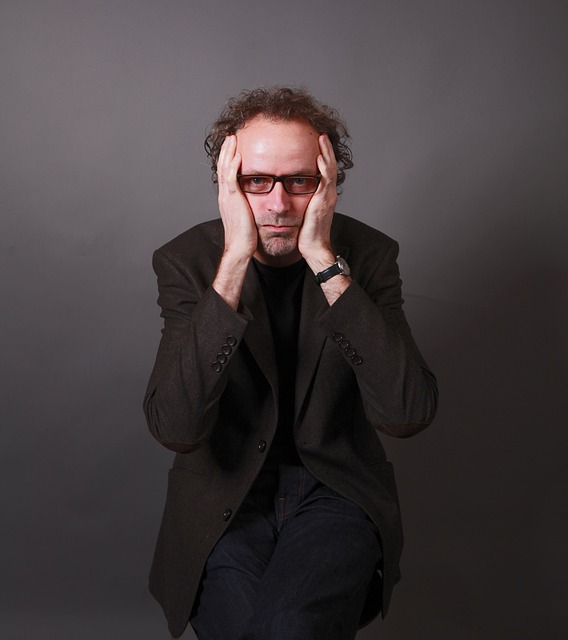Diana Winston offers a way to develop and express gratitude through a guided meditation podcast. She reminds us that mindfulness is about being in the present moment and paying attention to what is, while being open and curious. She maintains that being mindful in the present moment, no matter what is happening, can create the space and sense of appreciation to enable gratitude to arise.
Gratitude can develop and grow as we pay attention to what we are grateful for – we become what we choose to regularly focus on, e.g., compassion, kindness or gratitude. When we are present to the moment, not self-absorbed or lost in thought, we can more readily appreciate aspects of our life and our environment. We tend to see things more clearly, not lost in the fog of emotions such as resentment, anger, or frustration.
Guided gratitude meditation
Diana provides this meditation as part of the weekly meditation podcasts provided by UCLA through the Mindful Awareness Research Center (MARC). She takes us through a process of paying attention in the moment with a period of silence followed by a focus on being grateful.
The guided meditation has a number of steps:
- Grounding – as with normal meditation practice, Diana’s process begins with being grounded through adopting a comfortable posture whether you are sitting, standing, or lying down for the meditation. This is followed by taking a deep breath and using the outbreath to release any tensions, thoughts, or distractions. At the same time, you can express gratitude for being able to breathe normally, something that we take for granted. While expressing this appreciation, you could think of those who are suffering respiratory problems because of COVID-19 and offer compassion towards them, including a desire for their return to wellness.
- Becoming aware – Diana suggests that you first focus on your body, then your mind and finally any emotions. With your body, you can be focus on comfort, discomfort, aches or pains or any bodily sensation that you are aware of at the time. You can pay attention to your thoughts and notice what your mind is doing, being aware of your tendency to plan, critique, analyse, evaluate or other regular mental activity that you may engage in. Moving onto your emotions, you can become more conscious of how you are feeling – anxious, joyful, enthusiastic or sad – while accepting what is. In this meditation, the aim is not to dwell on these bodily sensations, thoughts, or emotions, but to notice that they are with us at the moment.
- Choosing an anchor – Diana offers a range of anchors such as your breath, bodily sensation (e.g., in your fingers or feet), sounds around you or an aspect of nature, such as a tree. The anchor serves to bring your attention back once you become distracted by your thoughts. The process of refocusing after distractions acts to strengthen your “awareness muscle”.
Focusing in on what you are grateful for
After a period of silence and practising stillness, Diana suggests that you bring to mind something or someone for which you are grateful. This could be something you particularly appreciate in your life – your location and its advantages, the opportunity to go for morning walks in a pleasant environment, the beauty of surrounding nature, the pleasure and comfort of your own home, the extraordinary capacity of your brain, the ability to move and engage in physical activity, or anything else that is a source of thankfulness.
Alternatively, you could focus on a person in your life that you are really grateful for – in the process, paying attention to what you appreciate about them, e.g., their intelligence, thoughtfulness, support, kindness, sense of equity, willingness to share their feelings, openness, faithfulness, or any other traits that come to mind.
Whether you are focusing on someone or something, you can dwell on the sense of appreciation and gratitude that they are part of your life at the moment. Keeping a focus on gratitude helps us to develop this very positive emotion that not only influences how we show up in the world and the nature of our interactions but is also great for our mental health.
Reflection
As we grow in mindfulness, especially through gratitude meditation and expressions of appreciation, we will become more positive and appreciative of our life and less likely to indulge negative emotions such as resentment, envy, or frustration.
Recently I was playing social tennis with a male partner who was a very good player but who became increasingly annoyed and upset that his timing was out of kilter, resulting in multiple errors. As emotional states are contagious, I could have become very negative about my own game and tennis mistakes. However, through the practice of mindfulness, I was able instead to focus on the fact that I was able to play; that my body was holding up for this activity despite my age; and that I was able to take pleasure in any good shots I played. This led me during the next day to focus on the micro skills that I was able to use while playing tennis, e.g., serve, volley, play a forehand or backhand, run to the ball, and also judge the speed, direction, and spin of the ball.
Gratitude developed through mindfulness can positively impact every activity of our life.
_____________________________________
Image by Sven Lachmann from Pixabay
By Ron Passfield – Copyright (Creative Commons license, Attribution–Non Commercial–No Derivatives)
Disclosure: If you purchase a product through this site, I may earn a commission which will help to pay for the site, the associated Meetup group and the resources to support the blog.
Diana Winston, gratitude, grow mindfulness, meditation podcast, appreciation, gratitude meditation, guided meditation, resentment, envy, paying attention, stillness, focus, COVID-19, compassion,









